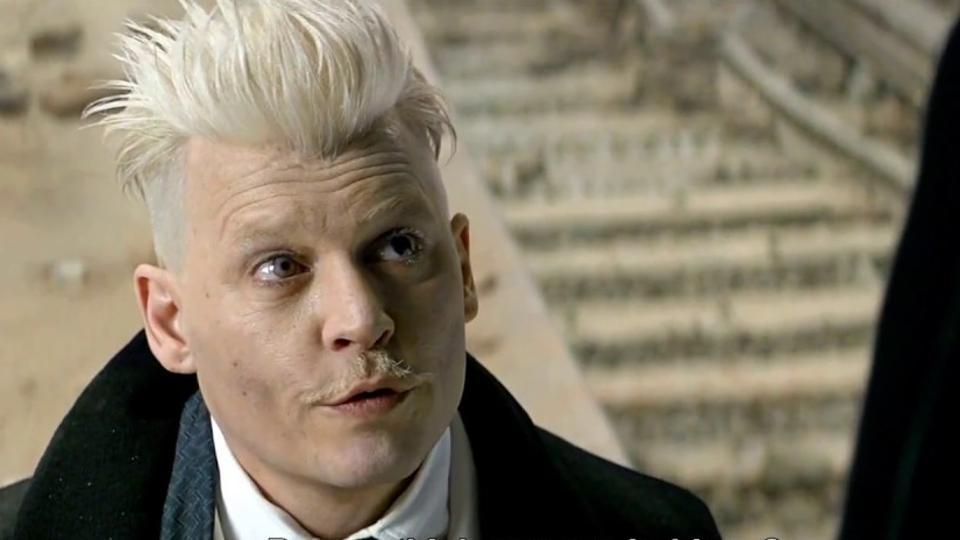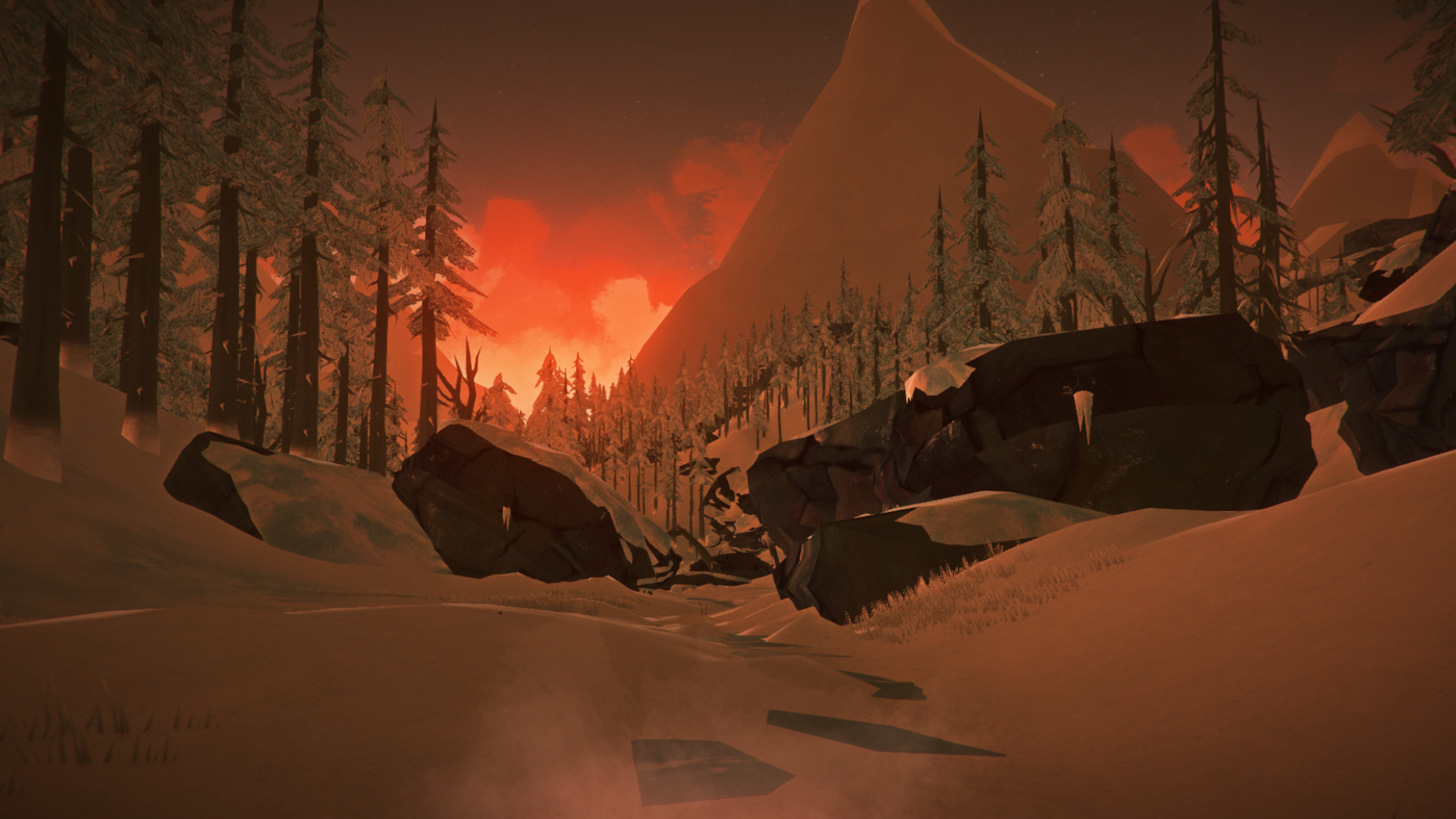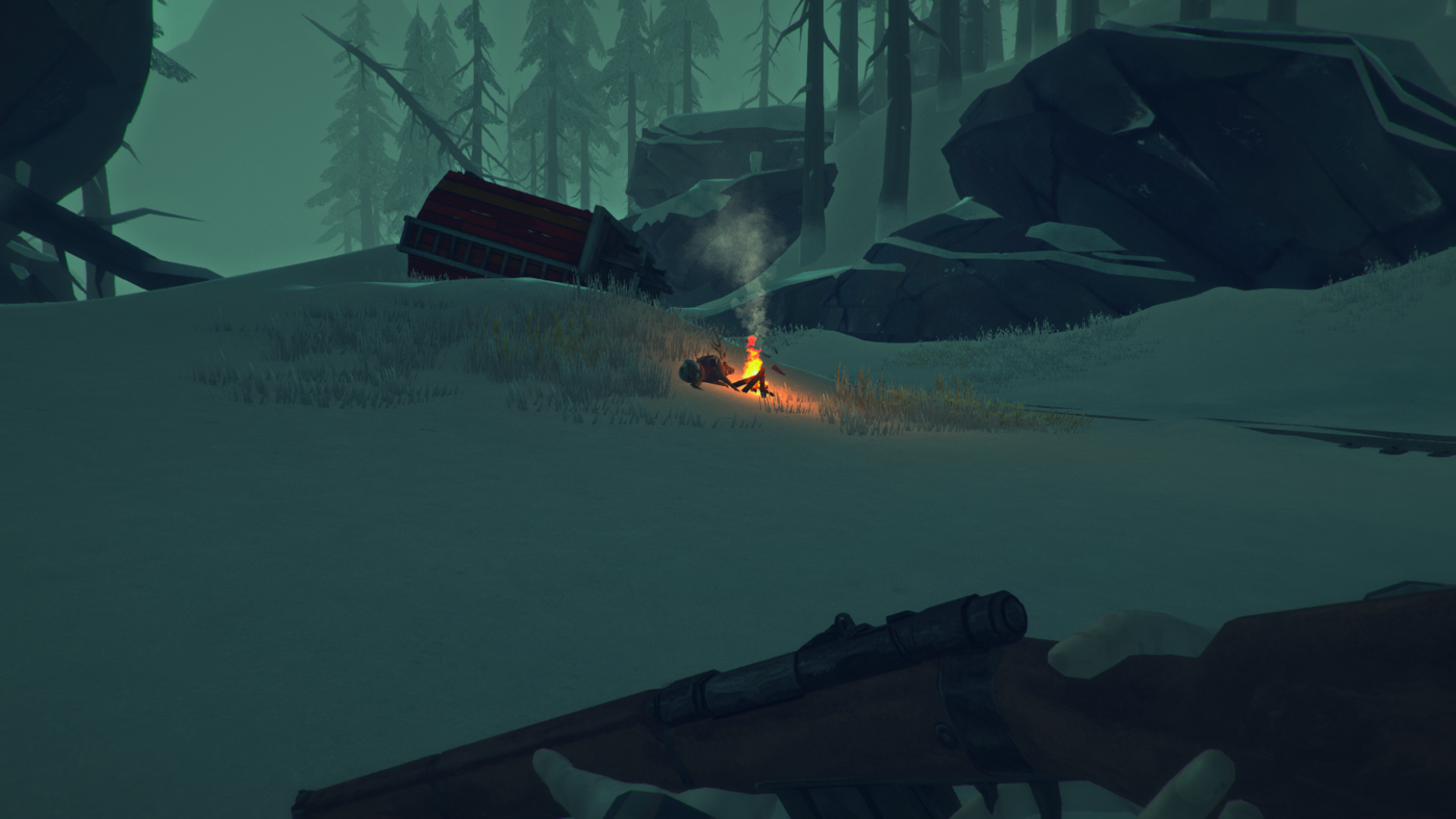Yes, that's right. I'm going to comprehensively debunk the entire phenomenon of UFOs and their associated activities, right here in this blog post. Hold on to something, here we go!
It's mostly just planes, and some nightmares.
Okay, let's get a little more in depth.
Since the advent of flight technology, many people have reported sightings of unknown craft. Some people claim to have met the inhabitants of these vehicles, or to have been abducted by them. And yet, there's very little actual proof for any of it (note how the prevalence of purported UFO photos has gone down as everyone started carrying HD cameras with them at all times), and abductees stories usually vary widely on basic details like what the aliens look like and where they're from. Is it really possible that Earth is being regularly visited by hundreds of alien species, and yet no one has ever managed to take a clear, unambiguous photo of one of them or their vehicles? Or is something else going on?
Here's a list of mundane phenomenon which, taken together, I believe explain 99.9% of all UFO sightings and abduction stories (we'll get to that remaining 0.01% at the end).
1. Planes
No, really.
Airplanes, under certain conditions, can look remarkably like the classic disc-shaped UFO, especially if you don't leave close to an airport and aren't used to seeing them (it's notable that most UFO sightings occur in rural or wilderness areas).
I've personally witnessed this myself: during the day, a plane at certain angles can reflect sunlight in such a way that its shape is obscured, making it look like a metallic disk until it changes position. And at night, a banking plane's wing and tail lights can align in such a way that they look as if they're set on the top and bottom of a horizontally-oriented craft; this is especially true if the actual body of the plane isn't visible due to darkness. Planes flying through fog or clouds can take on the appearance of a "ball of light", as their front lights illuminate the moisture in the air and hide the light's actual source.
And wouldn't you know it, the three most commonly-reported types of UFOs are metallic disks, disks with blinking lights on the top and bottom, and balls of mysterious light.
2. Spooky spooky nightmares
But what about abduction stories, or stories where people claim to have had close encounters (of the third kind, even) with alien spacecraft? There's a good explanation for them, too.
If you dig deep into the annals of UFO lore, you'll start to notice commonalities between abduction experiences. They almost always occur at night, and are usually preceded by a) the abductee waking up in bed and realizing something spooky is happening or b) the abductee driving late at night and witnessing spookiness in their vicinity.
For the "wake up in bed" variety, the explanation is probably a phenomenon called hypnopompic hallucinations. This is a phenomenon where you essentially keep dreaming after waking up, causing brief, vivid hallucinations. It can often be accompanied by sleep paralysis, where the brain's mechanism to paralyze the body during sleep (which is a thing that apparently happens) doesn't shut off. Bouts of mysterious paralysis are another common feature of night-time abduction stories.
Hypnopompic hallucinations aren't indicative of wider psychological issues; a person can experience them without having any other form of hallucination, and they can be single occurrences, where a person suffers one, very vivid bout and then never has another occurrence again. Given all of that, it's easy to see why someone would take their vision at face value, especially if they're not aware of the phenomenon beforehand.
The "driving at night" abductions are a bit more interesting. These cases almost always happen when the person is driving alone, very late, on lonesome roads; they happen most often in America, and the person usually discovers after their experience that a chunk of time has passed that they can't account for--sometimes, much longer than the actual encounter seemed to take. They also often find themselves parked by the side of the road some distance from their last location, with no memory of how they got there.
So, try this on for size: our abductee is driving along a long, straight road (such as are found in many parts of the US) at night. They get sleepy and nod off without realizing it. While in this state, they either dream or hallucinate an encounter with a UFO. The car gradually rolls to a stop at the side of the road. Several hours later the abductee wakes up, having no clear idea of how they got where they are or how much time has passed, with muddled memories of seeing something strange in the sky or encountering inhuman beings.
The theory is that this sort of thing actually happens way more than anyone thinks, but most cases end with the driver crashing into something and dying; but under very particular circumstances, they survive the experience with a spooky story to tell.
But wait, you might be saying, what about all those really elaborate tales of people meeting friendly aliens and going for galactic road trips through space? They can't be explained as dreams or momentary hallucinations, can they? Well, ignoring the possibility that the abductee just made the whole thing up (an explanation that "UFO researchers" seem oddly oblivious to), many of these stories aren't actually part of the initial encounter, but are "recovered" later through techniques like hypnosis.
I could go into a whole big digression here, but the long and short of it is that recovering suppressed memories via hypnosis (along with all other efforts at getting people to remember things they've supposedly forgotten) is extremely dubious. It's extremely easy for the examiner to influence the subject to create false memories, which can lead to all sorts of havoc (see the 1980s satanic panic, which was heavily fueled by this sort of thing).
Curiously, the subjects of these techniques often subconsciously reach for cultural or fictional imagery when creating their memories; in the Betty and Barney Hill case, the aliens they "remembered" encountering through hypnosis were found to have striking similarities to aliens from an episode of The Outer Limits that had aired a few months before their experience. The now-famous "grey" aliens appeared in Close Encounter of The Third Kind before anyone claimed to encounter them for real.
There's historical precedent for this. Before the advent of powered flight, and during a time when the word "invasion" in the west conjured images of foreign rather than interstellar invasion, people reported seeing advanced airships beyond the capability of current technology, piloted by odd foreigners in strange clothes. Before that, "abductions" were perpetrated by fairies or similar beings, or had religious connotations.
It's interesting to speculate what form these experiences might take in the future, as UFOs and aliens slowly fall out of cultural cache. The "scary clown" thing from last year could give us a clue: in an internet-connected world, where it's easy for isolated incidences or hoaxes to be woven together into a larger narrative, will we start dreaming of sinister criminal conspiracies or shadowy forces lurking outside of the digital world?










